Sharing GNSS Antenna Solution for 5G Construction
The current situation of 5G base station construction the three major operators face
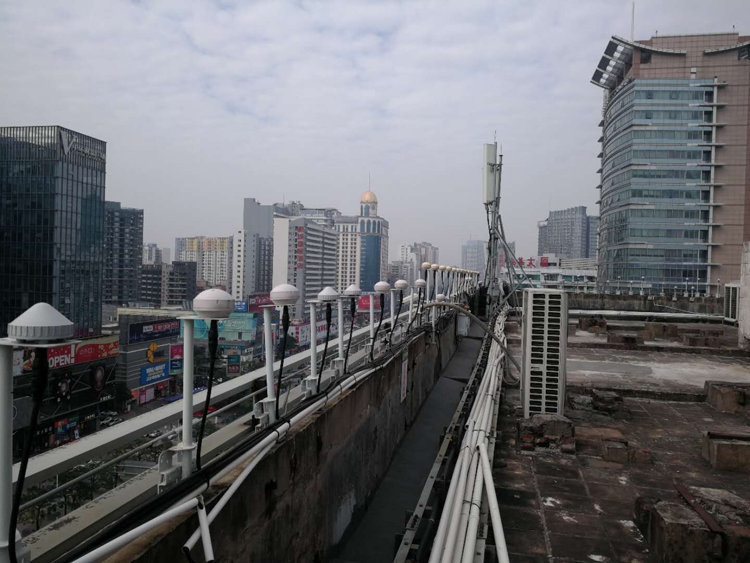
Crowed and disorganized roof
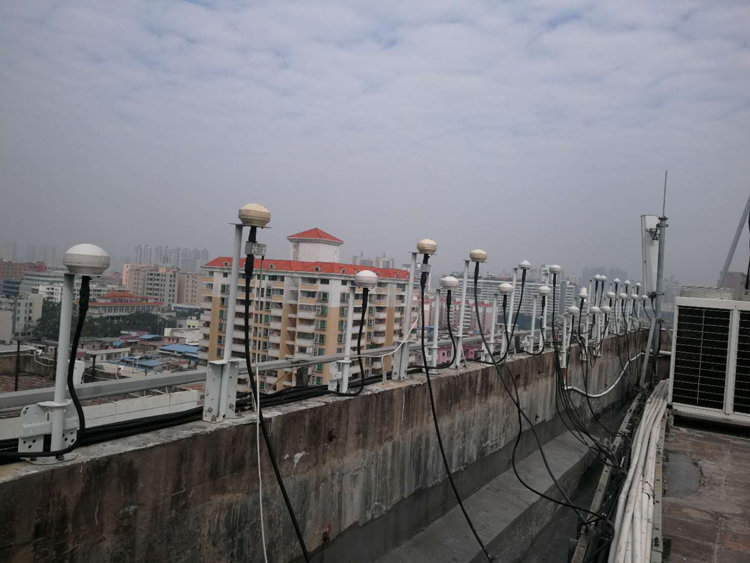
The roof of BBU machine room is covered with GPS antennas

While you overlook the roof, you can see that numerous GPS antennas surround the entire rooftop
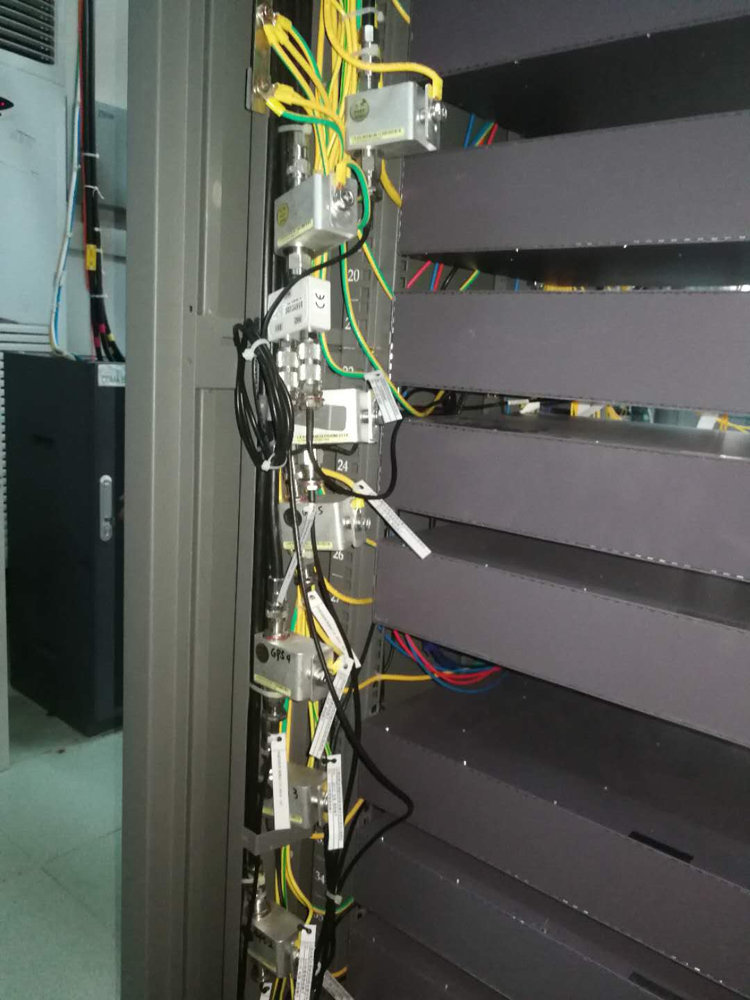
An arrester is required for each GPS/Beidou antenna, leading to messy and crowed cabinet.
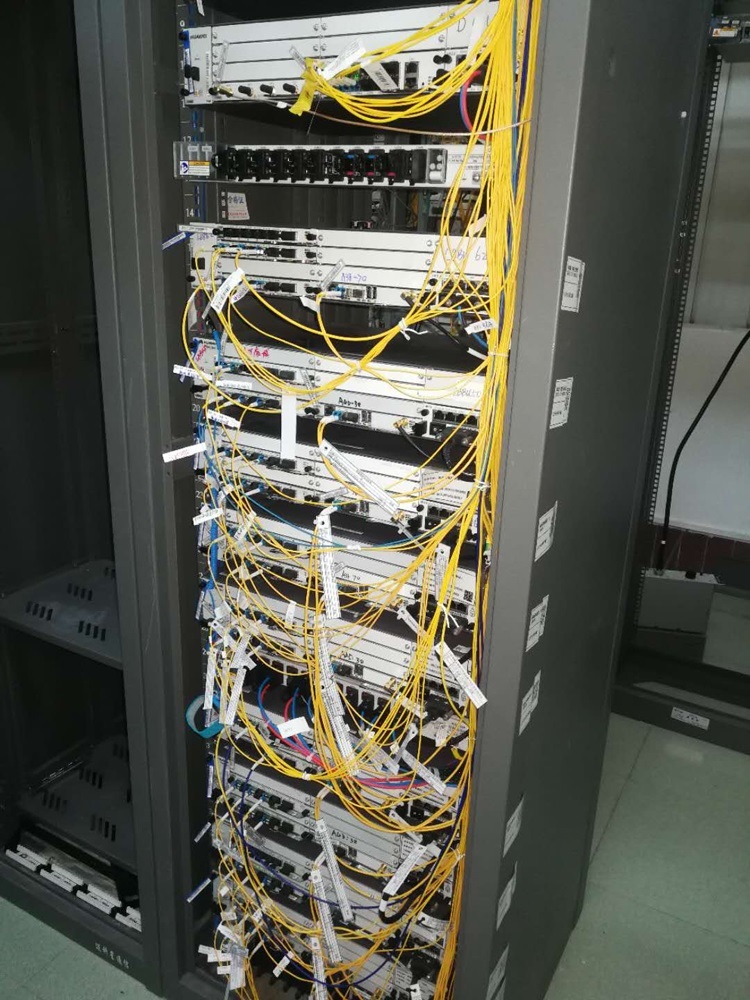
Each cabinet contains 8 to 12 BBUs so that 12 arresters are required and 12 ground wires
for lightening shield must be cabled.
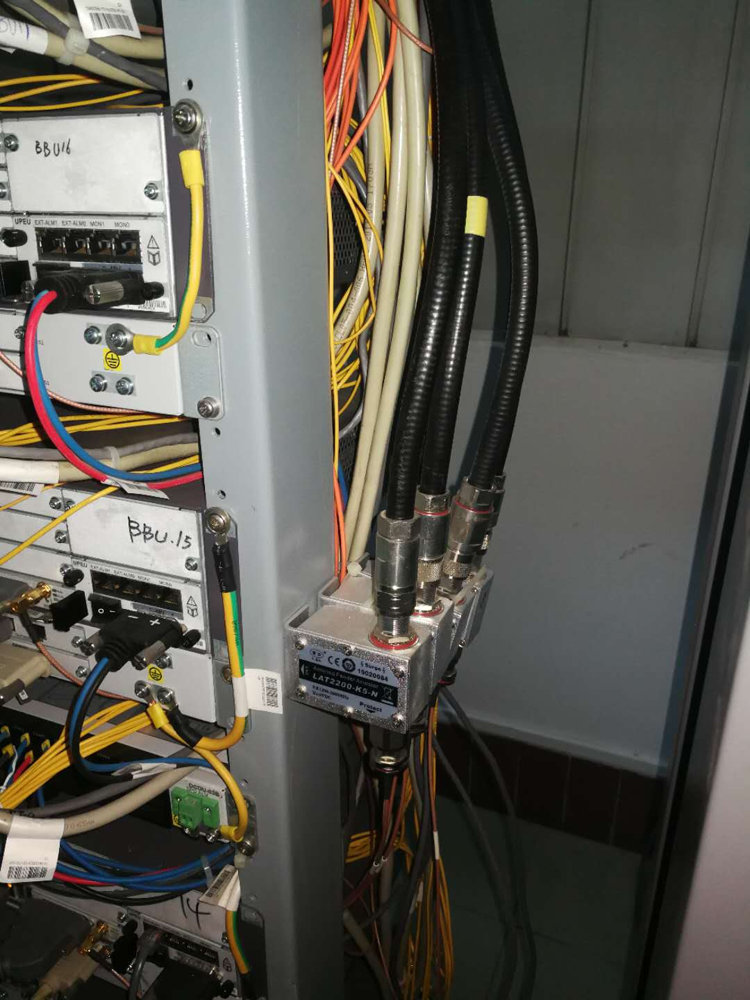
8-12 arresters and 8-12 feeder lines are required,
Then, how to install and arrange these arresters and 4-6 feeder lines inside the cabinet?
The above describes the BBU machine room for 3G and 4G construction. Then, how to deploy for 5G to be constructed or already in construction?
1.Is there room for installing GPS antennas?
2. Is there room for installing feeder lines?
3.Is there room for arresters?
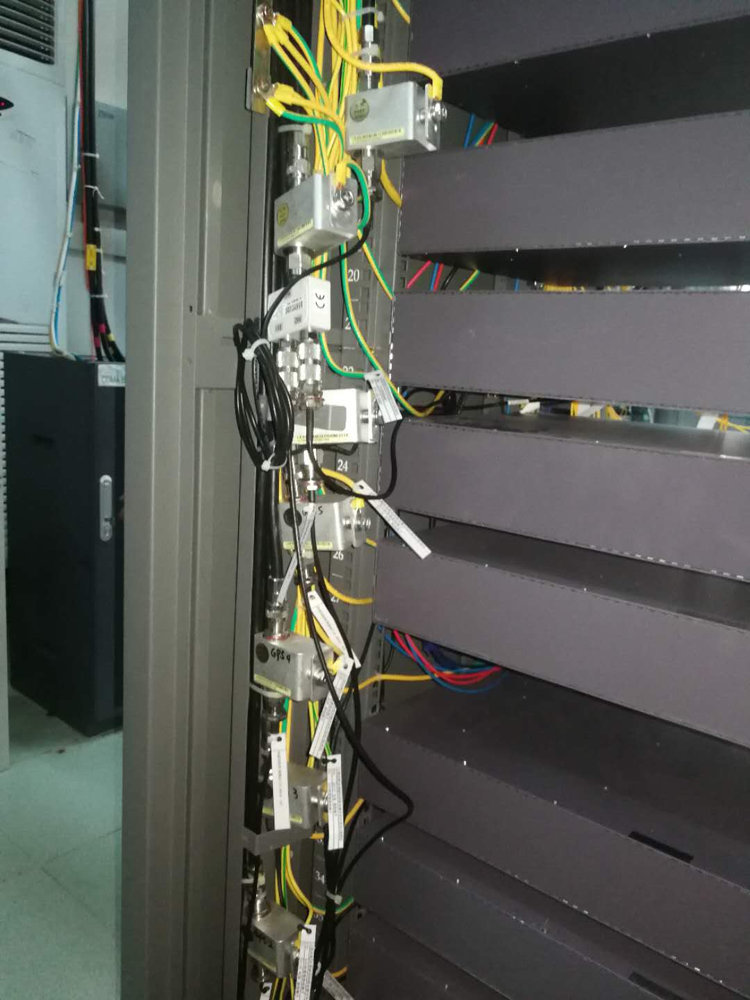
A variety of microstrip power splitters can be seen inside the cabinet in the machine room
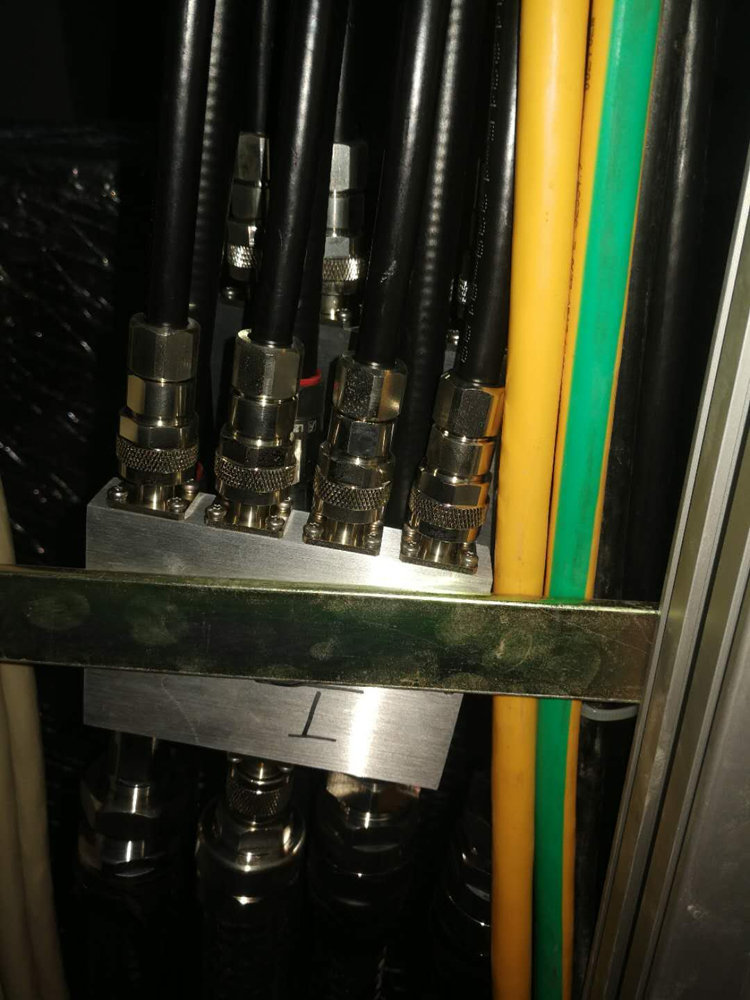
Microstrip power splitters can be seen everywhere on the cabling rack.
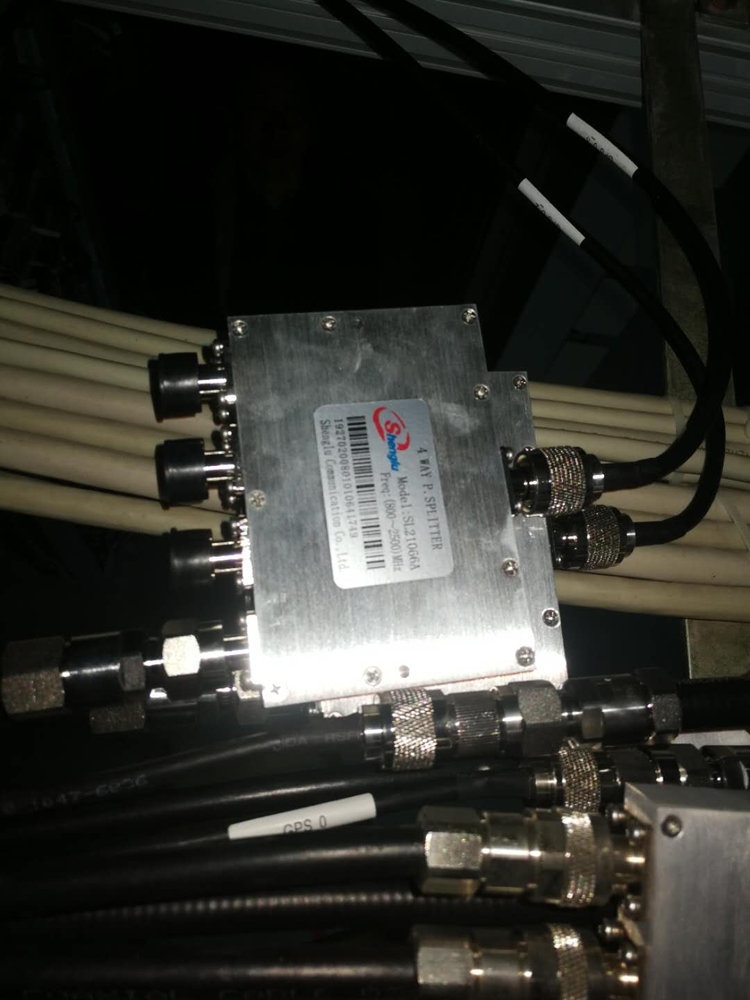
7/8 feeder lines are set up here because longer cable route requires thicker feeder lines.
In this case,it’s burdensome for operators in terms of both space and cost. Therefore,
lots of power splitters are applied temporarily to substitute for cabling.
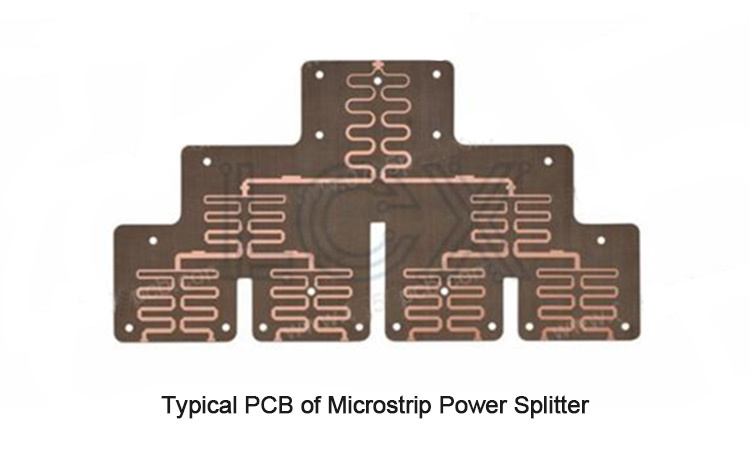
Problem 1
GPS timing module provides 3V to 5V DC supply to GPS antennas via coaxial feeder lines and the voltage provided by each base station is likely to be different. If these circuits are connected and all power supplies are connected together,will the power supply failure be likely to occur?
Problem 2
Generally, the maximum isolation of microstrip power splitter is 18dB, which is far from enough for the antennas with gain of 40dB.
Problem 3
RF index error is reflected in stationary wave and flatness in band. The isolation between ports is too low and RF index between ports interact with each other. Due to power supply, it’s impossible to apply RF load to the ports unused and thus the RF index, especially stationary wave, and flatness are poor.
If the microstrip power splitter shows so many disadvantages in the whole application scenario, why do we use power splitters?
Because rewiring is such a hassle that costs a lot and requires long construction period. Using power splitter as a substitute for cabling is a very quick, time-saving, labor-saving economical solution.If RF power splitters are necessary for the lines, and power supply, isolation, port open loop, etc. must be taken into consideration, GEMS’s GPS/Beidou/GNSS power splitter that is specially designed for BBU base station should be adopted.
We provide GPS active splitter: GS12, GS14, GS18 ,RGS116,RGS132 which can provides sharing solution of a GPS antenna for mobile communication base station, trunking communication base station, simplifying the network structure to the maximum extent . Multiple systems share a set of timing antenna and line, reducing construction costs and system maintenance costs . Not only our communications timing solutions apply to LTE laboratory and production line , but also our splitters( GS12, GS14, GS18 )start large-scale applying to the global LTE networks from2010 . Timing system is stable and reliable, so the network degree of optimization in maximum .
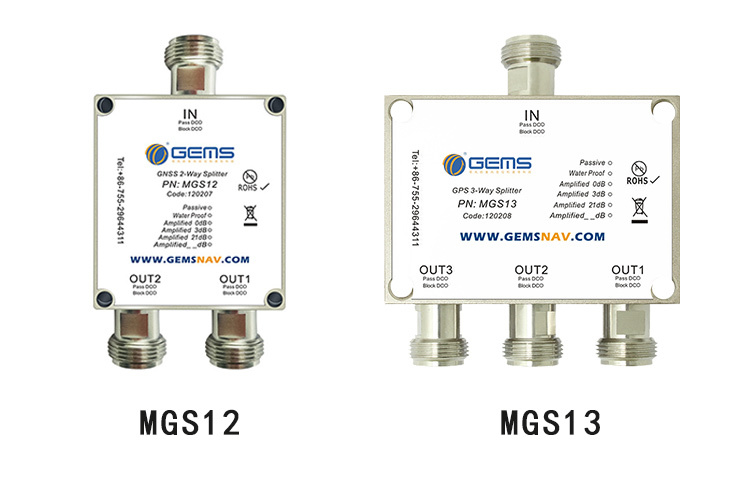
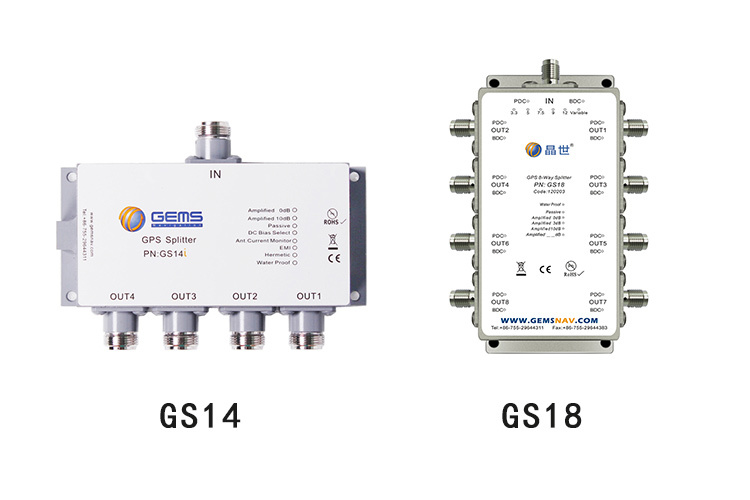
Features of special GPS power splitter:
Analog antenna load;
Mutual power supply isolation of output ports;
Automatic selection of power supply;
High isolation: >28dB
Special GPS power splitter can satisfy the shunting demands of 2-way to 32-way cables. It’s a common way of distribution, especially 1 to 4-way distribution, which is widely applied to the communication operation site and temporarily solves the difficulty in rewiring.
From the perspective of communication operation, we also need to take more needs into consideration, such as: antenna backup, communication failure alarm, power alarm, network management and convenience of system capacity expansion.
GEMS’s solution properly addresses the demands of GPS capacity expansion at this stage and of 5G base station in construction
“Intelligent multichannel distribution system for GPS/Beidou machine room” is applied between GPS/Beidou antennas and BBU for compensation and amplification of GPS/Beidou timing signals and adopted for amplification, shunting and management of these antenna signals. It supports access to multiple RF antenna interfaces of ports of BBU base station.
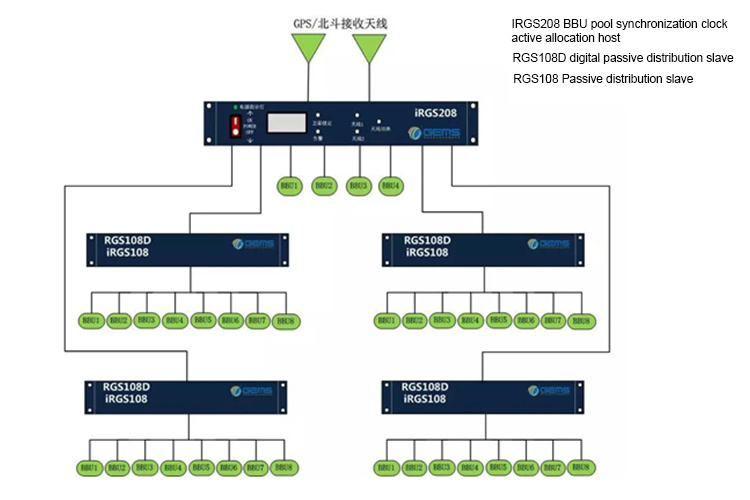
Mainstream configuration covers dual input (one in the master and one in the slave), 36-way outputs. Master capacity: 4-way BBU outputs and 4-way slave outputs;
The slave can be analog slave (iRGS108) or digital slave (RGS108D). The load capacity of every slave is 8-way BBU.
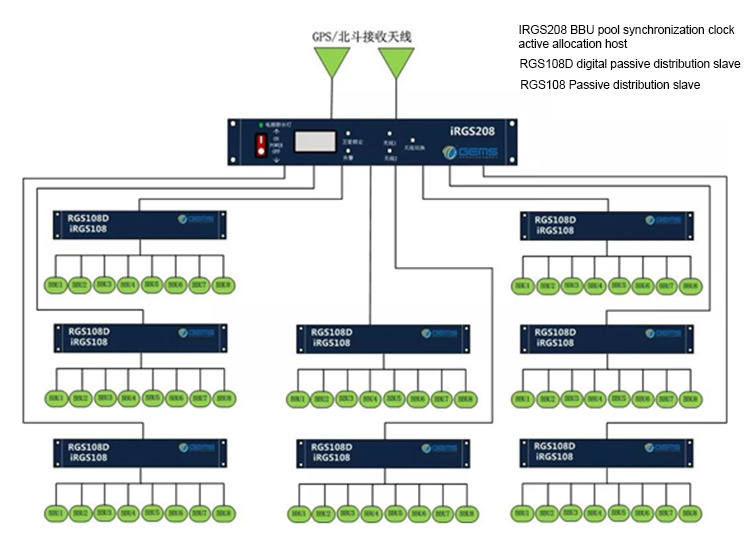
Full-load configuration: Dual input (one in the master and one in the slave ), 8-way slave outputs. The load capacity of every slave is 8-way BBUs. So 64-way outputs are provided in total.
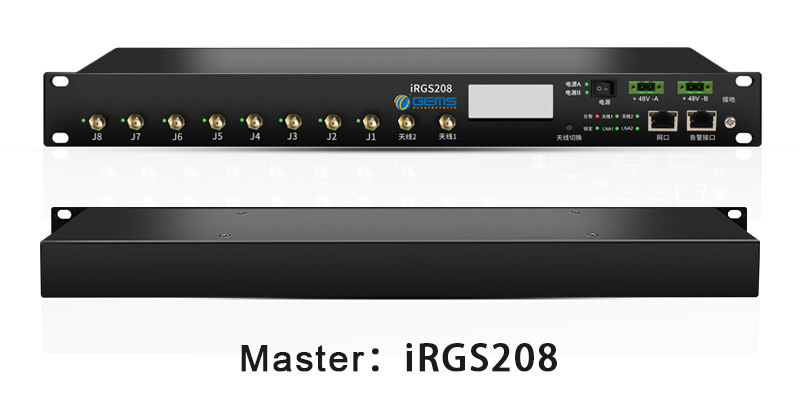
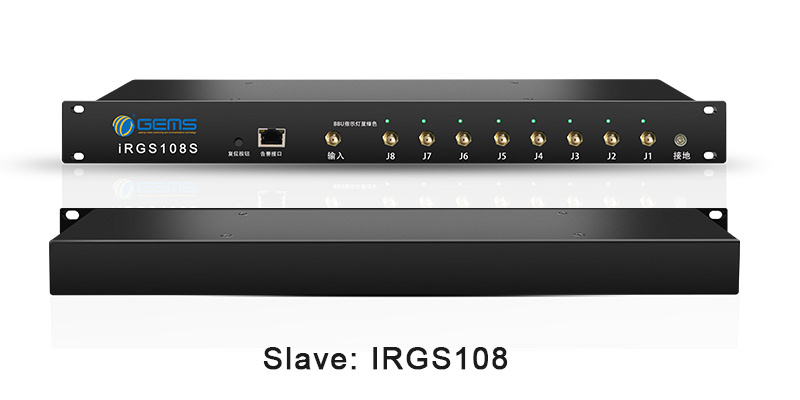
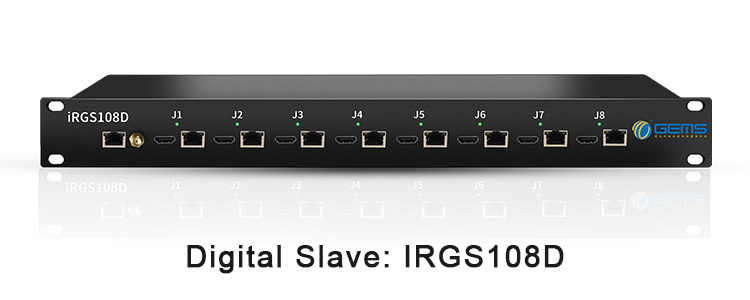
Time synchronization based on 1PPS+TOD mode: The base station supports the input of 1PPS signal and TOD information to acquire synchronous timing information so as to realize time and frequency synchronization between the base station and transmission network.
Digital output port: 8-way HDMI/8-way RJ45
Compatible with the latest mainstream BBU equipment (HDMI/RJ45 interface)
Time synchronization based on 1PPS+TOD mode
BBU indication and alarm function
Telecom User’s Site in Hefei City, Anhui Province

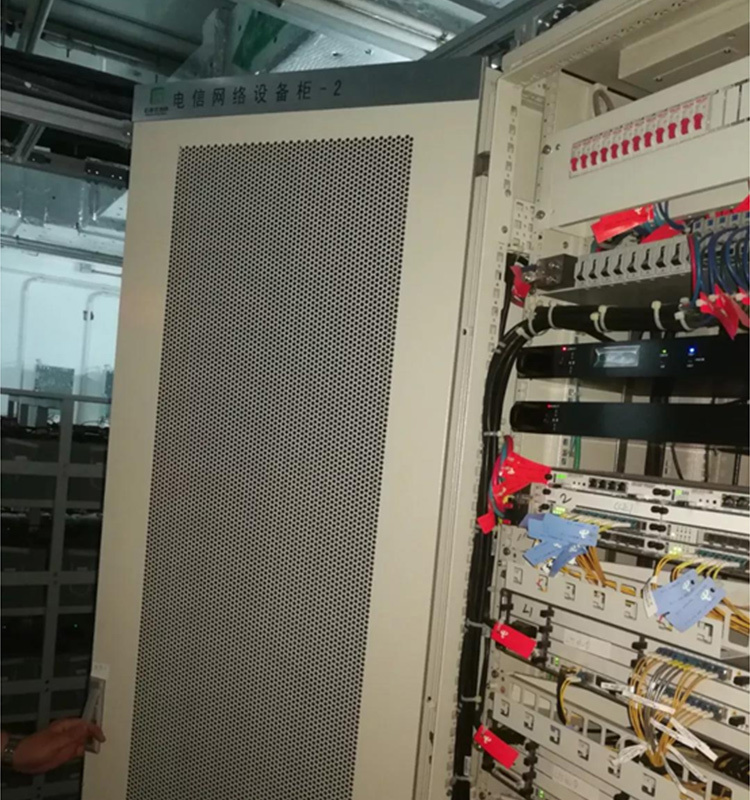
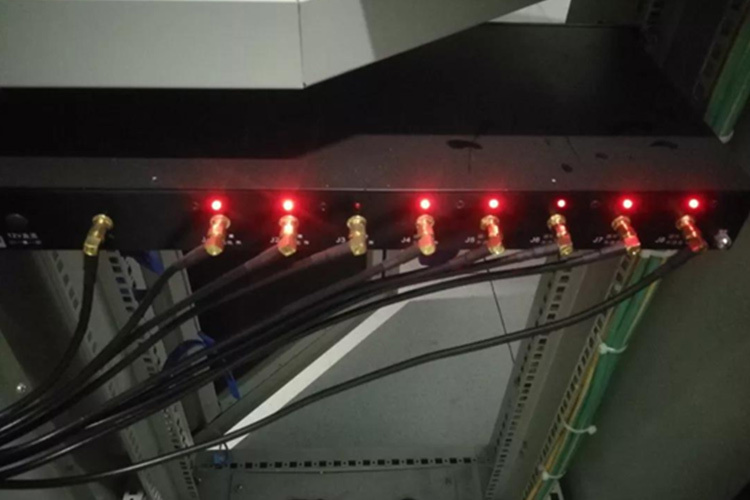
Previous Page
Previous Page

